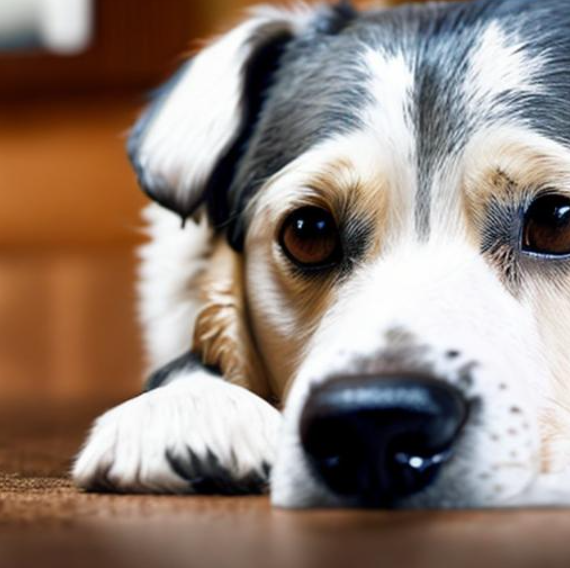
Having a pet brings immense joy and companionship to our lives. As responsible pet owners, it is our duty to ensure their safety and well-being, especially within the confines of our homes. In this article, we will discuss some essential tips on how to keep your pet safe and secure within your home environment.
- Create a Pet-Friendly Space: Designate a specific area in your home for your pet that is safe, comfortable, and accessible. Ensure that the space is free from hazards such as toxic plants, chemicals, sharp objects, or small items that can be swallowed. Install pet gates if necessary to restrict access to certain areas.
- Keep Medications and Household Chemicals Out of Reach: Just like children, pets are curious and may ingest items that are harmful to them. Store all medications, cleaning products, insecticides, and other chemicals in secure cabinets or high shelves where your pet cannot access them. Be cautious when using common household items like antifreeze, as they can be toxic to animals.
- Secure Electrical Cords and Appliances: Pets, particularly puppies and kittens, may chew on electrical cords, posing a serious risk of electric shock or burns. Keep cords out of your pet’s reach, bundle them together, or use cord protectors to deter chewing. Unplug appliances when not in use to prevent potential accidents.
- Eliminate Potential Choking Hazards: Pet-proof your home by removing small objects that could be easily swallowed, such as buttons, coins, rubber bands, or children’s toys. Ensure that trash cans have secure lids to prevent pets from rummaging through them and ingesting harmful materials.
- Provide Adequate Supervision: Pets should not be left unsupervised, especially when they are young or have a tendency to get into trouble. When you are unable to watch over your pet, confine them to a safe area or use a crate. This will prevent accidents and minimize the likelihood of destructive behavior.
- Install Secure Fencing and Check for Escaping Points: If you have a backyard or outdoor space where your pet spends time, make sure your fence is secure and free from gaps or loose boards. Regularly inspect the perimeter for potential escape routes and promptly address any issues. Consider microchipping your pet as an extra precaution in case they do manage to get out.
- Be Mindful of Open Doors and Windows: Pets can quickly dart out of open doors or windows, leading to dangerous situations or even becoming lost. Teach your pet basic obedience commands like “stay” or “wait” to prevent them from bolting outside. Install secure screens on windows to prevent accidental falls.
- Maintain a Clean and Hazard-Free Environment: Regularly clean your home to remove potential toxins or allergens that may harm your pet. Use pet-friendly cleaning products and avoid strong chemicals. Keep your pet’s living area clean and sanitized to prevent the buildup of bacteria or parasites.
- Fire Safety Precautions: In the event of a fire, your pet’s safety should be a priority. Place a pet alert sticker on your front door or window to inform firefighters of the presence of animals inside. Practice fire drills with your pet and keep leashes or carriers easily accessible for quick evacuation.
Conclusion: Creating a safe and secure environment is crucial to the well-being of your beloved pets. By following these tips and being mindful of potential hazards, you can provide a home that is both comfortable and safe for your furry companions. Remember, a little extra effort in pet-proofing your home goes a long way in preventing accidents and ensuring a happy, healthy life for your pet.